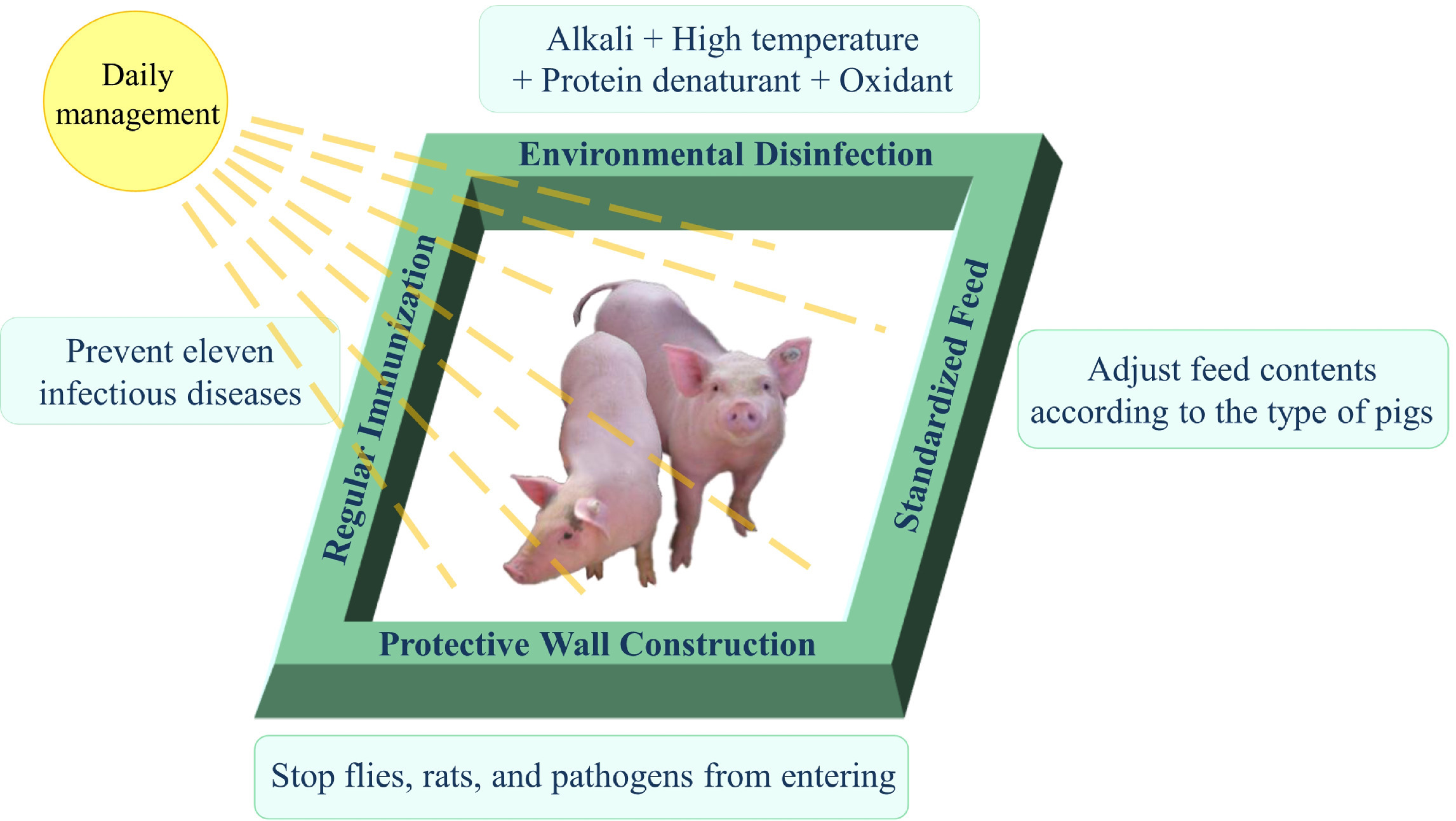Purpose: The purpose of this study was to explore male nurses’ experiences of workplace gender discrimination and sexual harassment in South Korea. Methods: Phenomenological qualitative methodology exploring male nurses’ experiences was employed to collect data, and thematic analysis of the data was conducted. Research subjects were recruited by convenience and snowball sampling. Ten male nurses participated in individual in-depth interviews via mobile phone. Data were collected from June 15 to July 24, 2020.
Gender differences in the assessment of thermal comfort and indoor environmental quality (IEQ) in the Gulf Cooperation Countries (GCC) have not previously been investigated, despite the prevalence of the overcooling of indoor spaces. This study investigated the effect of sex, age and body mass index on subjective thermal comfort perceptions, comfort temperature and IEQ satisfaction in offices using our thermal comfort surveys in Qatar, India, and Japan. Data from the American Society of Heating, Refrigerating and Air-Conditioning Engineers (ASHRAE) databases were used for comparison.
Human Caspases and Neuronal Apoptosis in Neurodegenerative Diseases, 2022, Pages 69-151
Amlanjyoti Kar, D.G. Dastidar, S.K. Adhikari, A.K. Sinha, T. Talukdar, A.N. Chowdhury, Prachi Gupta, Ankita Bhattacharya

